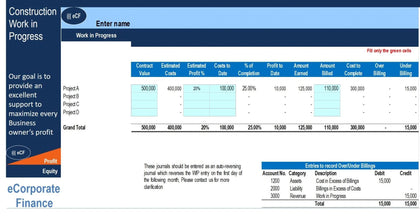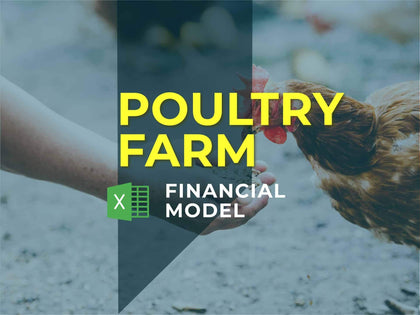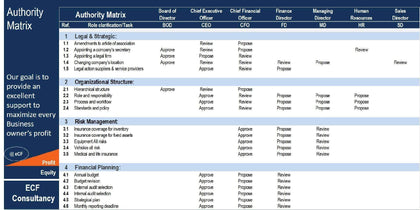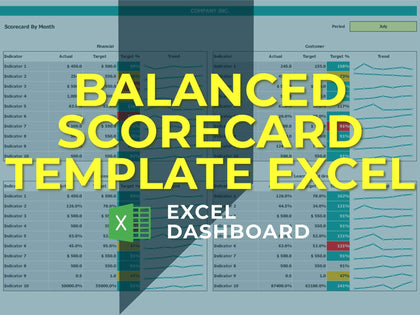SaaS Rolling Revenue Forecasting Template
This template works no matter if you have month to month contracts and/or a combination of month to month and 12 month or any contract term. The logic is built to handle this. You are able to model up to four customer tiers. Each tier is separated based on:
- Retention Rate
- Contract Length
- Average Contract Value
For each, you will enter historical customer acquisitions for up to 60 months in the past and this model will produce a revenue forecast for the next 60 months (by customer count and revenue). Visualizations were built to show the forecast by customer tier and in aggregate for revenue and count.
There is an instructional video to make sure you are entering data correctly. For each tier, you will enter the customer acquisition into separate rows. Every time you do a new forecast, simply update all data over accordingly.
If you have customers that are older than 5 years, that is fine. You can enter them into the most recent month and estimate their retention going forward.
The other aspect of SaaS revenue forecasting is the new customers that are added. This model lets the user input expected new customers added per month by tier and based on that as well as retention rates, will create expected revenue of new customers. This is combined elegantly with existing customers so each part is visible as well as the total aggregate revenue value.
This template works no matter if you have month to month contracts and/or a combination of month to month and 12 month or any contract term. The logic is built to handle this. You are able to model up to four customer tiers. Each tier is separated based on:
- Retention Rate
- Contract Length
- Average Contract Value
For each, you will enter historical customer acquisitions for up to 60 months in the past and this model will produce a revenue forecast for the next 60 months (by customer count and revenue). Visualizations were built to show the forecast by customer tier and in aggregate for revenue and count.
There is an instructional video to make sure you are entering data correctly. For each tier, you will enter the customer acquisition into separate rows. Every time you do a new forecast, simply update all data over accordingly.
If you have customers that are older than 5 years, that is fine. You can enter them into the most recent month and estimate their retention going forward.
The other aspect of SaaS revenue forecasting is the new customers that are added. This model lets the user input expected new customers added per month by tier and based on that as well as retention rates, will create expected revenue of new customers. This is combined elegantly with existing customers so each part is visible as well as the total aggregate revenue value.

























